Archives
Subscribe

Let's create maps!
28.05.2024
7 min read
Jarrod Bee Nuñez
The maps generated in this study were processed using the Quantum GIS (QGIS) software. An essential tool for disaster risk reduction and management is hazard mapping. It involves finding and assessing locations vulnerable to different natural hazards. These maps offer valuable data for development, planning, and disaster relief.
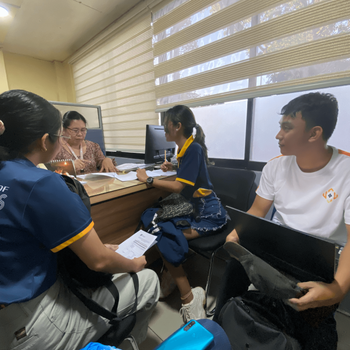
Experience how it's like to be one of our experts
28.05.2024
Joshua Galo
Our evaluation process for each attribute was carefully crafted with input from experts in Wind Characteristics, Meteorology, Structural Engineering, GIS Mapping, City Planning and Development, and Disaster Risk Reduction and Management, resulting in a comprehensive and well-rounded set of criteria.
Are you interested to rank and compare the parameters of this study?
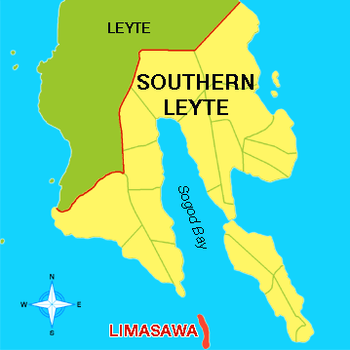
Sensitivity Maps
28.05.2024
Miles Costillas
Sensitivity analysis (SA) plays a vital role in validating and calibrating numerical models. It serves as a valuable tool to assess the robustness of the outcomes against minor variations in input data (Chen, Yu, Shahbaz, & Xevi, 2009). The analysis in this study includes 27 schemes, as shown in the table below. The classification has five values; the lowest number indicates houses with very low vulnerability. Each parameter was given three variations in weight, respectively 10%, 30%, and 60%, adopted from the case study of Primawan (2023).
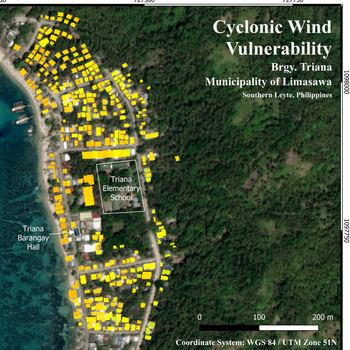
Cyclonic Vulnerability Maps
28.05.2024
Devenah Dawn Dagohoy
The overlay analysis tool in QGIS was used to add each criterion layer with its corresponding weights. The final cyclonic wind vulnerability map is classified into five vulnerability classes: Very Low Vulnerability, Low Vulnerability, Moderate Vulnerability, High Vulnerability, and Very High Vulnerability, as shown in the figures below. The findings revealed that the houses of the selected barangays in Limasawa Municipality exhibit low to moderate vulnerability to tropical cyclonic winds.
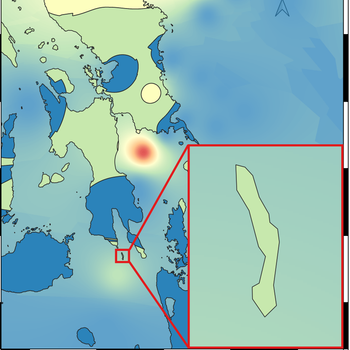
Parameter Maps
28.05.2024
Devenah Dawn Dagohoy
Cyclonic wind vulnerability parameters were mapped using QGIS using the established feature weight of each parameter. The study generated 17 parameter maps and three cyclonic wind vulnerability maps. All the building attributes and the presence and number of obstructions were mapped per barangay, while the remaining location attributes presented the whole municipality.
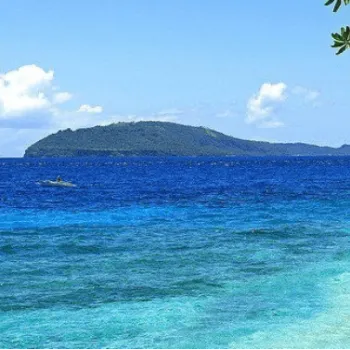
The Study Area: Limasawa Island
28.05.2024
Devenah Dawn Dagohoy
The study covers only three out of six barangays on the island. The barangays included in this study were selected in terms of their geographical location; facing west is Barangay Triana, east and south as represented by Barangay Magallanes, and Barangay San Agustin for the north.
